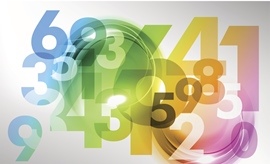 Three totally unrelated, but intriguing, numbers courtesy of Governing magazine:
Three totally unrelated, but intriguing, numbers courtesy of Governing magazine:
- 33%: Americans with past-due debt that’s been turned over to a collection agency
- 15%: Proportion of voting-age residents who cast ballots in the 25 states that held primaries in the first six months of this year. In 15 of those states, turnout was the lowest ever. (Indiana’s primary turnout was slightly below the 15% average)
- 146: Number of U.S. counties that account for half of the country’s 316 million people. The rest of the population is distributed across the remaining 2,998 counties. Indiana’s largest and smallest counties, respectively, are Marion with 928,281 people (54th largest in the country) and Ohio with 5,994 people (ranked 2,758 nationally)
